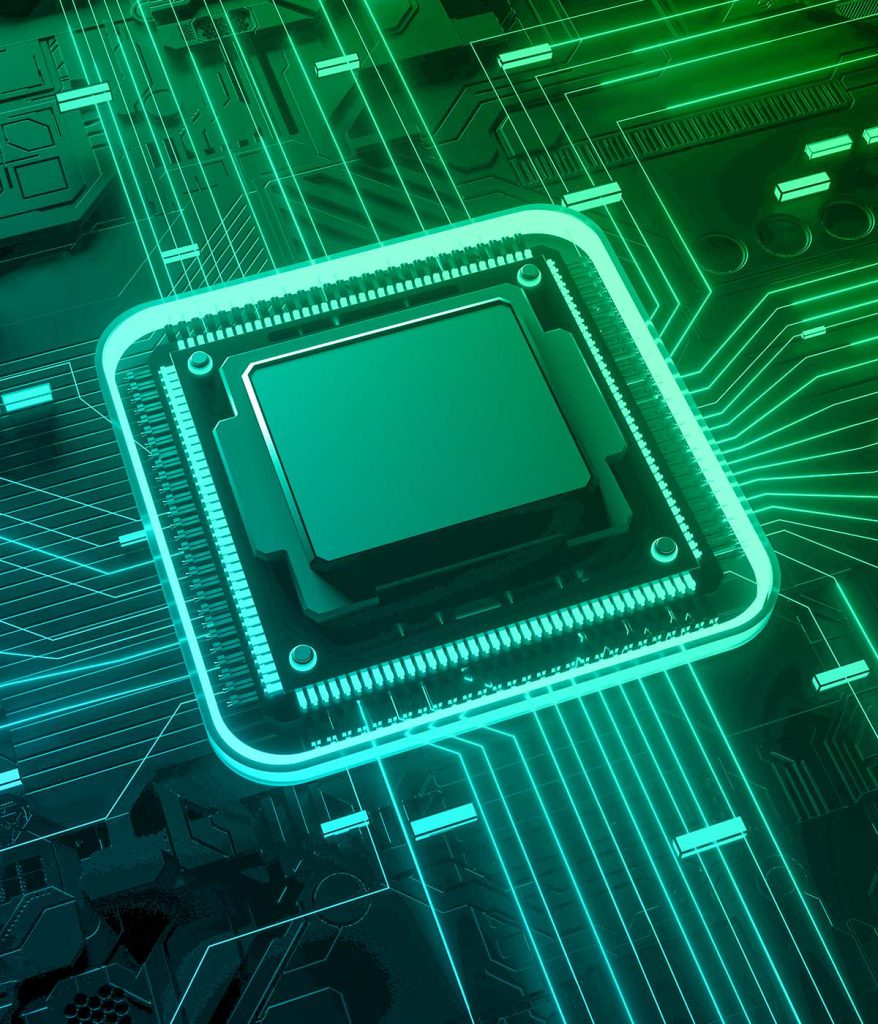
Curious about how you can work with the Army? Whether you’re in industry, academics, or even the government, you can find a path to use Army research innovation beyond just the Army SBIR Program. Select the options that apply to your organization and technology and learn about the Army opportunities available to you.
Thanks for completing the survey! As a small business, you are eligible to participate in the following programs. Please select an option from the list below to find out more!
BAAs target broadly defined areas of interest for research and development and are used to increase knowledge in science and acquire scientific study and experimentation directed toward advancing state-of-the-art technologies.
BAAs focus more on advancing science than acquiring specific products. They can pertain to basic and applied research, and certain early-stage development work.
For current BAA listings, visit sam.gov .


The SBIR Program enables small, high-tech U.S. businesses with less than 500 employees the opportunity to provide innovative Research and Development (R&D) solutions to critical Army Technology requirements.
What comes out of SBIR:
The xTech Program operates prize competitions with Army and DoD partners, sponsored by the Assistant Secretary of the Army for Acquisition, Logistics and Technology (ASA(ALT)). xTech’s goal is to help small and nontraditional businesses partner with the army by breaking down barriers and cutting out the bureaucratic processes.
xTech organizes several competitions every year, including an open-topic competition, xTechSearch.
What comes out of an xTech competition?



PROGRAMS
ASA(ALT)
Assistant Secretary of the Army for Acquisition, Logistics, and Technology ASA(ALT) releases contract opportunities on an ad-hoc basis to meet Army research and development needs.
AFC
Army Futures Command (AFC) releases topics during three specific solicitation periods throughout the fiscal year to address the Army’s current and anticipated war-fighting technology needs.
Army STTR
Army STTR follows AFC’s topic release schedule but partners with a university, federally funded research and development center, or a qualified non-profit research institution as part of their contract.
PHASES
Phase I
Is the opportunity to establish the scientific, technical, commercial merit and feasibility of your proposed innovation.
Phase II
Is focused on the development, demonstration and delivery of your innovation from Phase I.
Phase III
Represents the commercialization phase of the program in which the company can market their products or services developed in Phase II, either to the government or in the commercial sector.
Direct to Phase II
Allows small businesses to submit to Direct to Phase II applications if they performed the Phase I research through other funding sources.
Phase II Enhancement
Provides funding to projects that require additional funding during their open Phase II contract.
Phase II Sequential
A Phase II Awardee may receive one additional, sequential Phase II award to continue the work of an initial Phase II award. The sequential Phase II award has the same guideline amounts and limits as an initial Phase II award.
TECHNOLOGY ECOSYSTEMS
Artificial Intelligence/Machine Learning (supply chain management, logistics coordination, target identifications and simulation)
Advanced Materials and Manufacturing (additive manufacturing)
Autonomy (unmanned systems, drones, ground vehicle capabilities)
Chemical and Biological (detection, defense)
Cyber (biometric authentication, secure communications)
Electronics (microelectronics, Very-Large-Scale Integration (VLSI))
Electronic Warfare (jamming, spoofing)
Human Performance (wearables)
Immersive (augmented reality, virtual reality, mixed reality)
Network Technologies (antennas, radio frequency, communications systems)
Position, Navigation, and Timing (GPS)
Power (batteries, generators)
Software Modernization (high performance computing, data management and visualization)
Sensors (infrared sensing)
Weapons Systems (hypersonics, munitions and projectiles, directed energy)